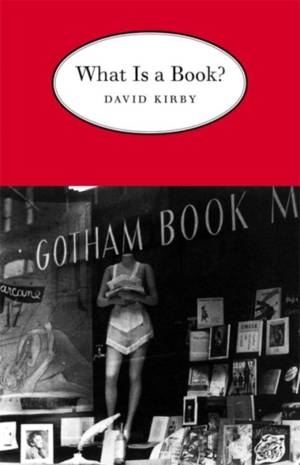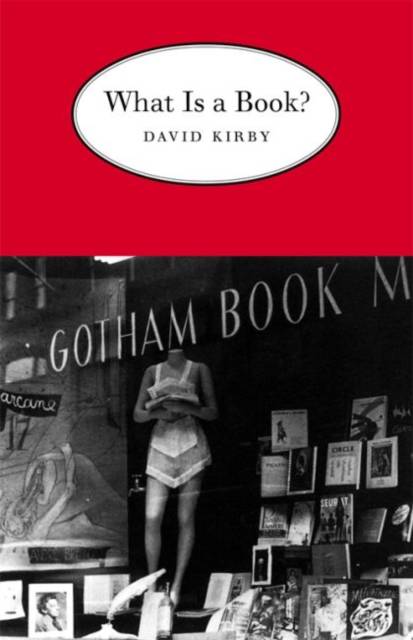
- Retrait gratuit dans votre magasin Club
- 7.000.000 titres dans notre catalogue
- Payer en toute sécurité
- Toujours un magasin près de chez vous
- Retrait gratuit dans votre magasin Club
- 7.000.0000 titres dans notre catalogue
- Payer en toute sécurité
- Toujours un magasin près de chez vous
Description
In What Is a Book? David Kirby addresses the making and consuming of literature by redefining the four components of the act of reading: writer, reader, critic, and book. He discusses his students, his work, and his practice as a teacher, writer, critic, and reader, and positions his theories and opinions as products of "real" life as much as academic exercise. Among the ideas animating the book are Kirby's beliefs that "devotion is more important than dissection" and "practice is more important than theory."
Covering an impressive range of writers--from Emerson, Poe, and Melville to James Dickey, Charles Wright, Richard Howard, Susan Montez, and others--Kirby considers the evolution of critical theory from the nineteenth century to the late twentieth and explores the role of criticism in contemporary culture. Drawing from his experience writing poetry and reading to children at a local housing project, he answers two of his four central questions: "What is a reader?" and "What is a writer?" In the largest section of the book, "What Is a Critic?," Kirby demonstrates his passionate engagement with the function of the critic in literary culture and offers both overviews and close examinations of literary theory, book reviewing, and the historical background of criticism from its earliest beginnings. In the final section of the book, he addresses the question "What is a book?" with an examination of the reading preferences of older readers. Kirby's analysis of those responses, along with his own notions of the literary canon, is an insightful excursion into how books are valued. Deeply learned and wonderfully entertaining, What Is a Book? is a lucid look at the whole of literary culture. Kirby makes us think about the books we love and why we love them.Spécifications
Parties prenantes
- Auteur(s) :
- Editeur:
Contenu
- Nombre de pages :
- 240
- Langue:
- Anglais
Caractéristiques
- EAN:
- 9780820324784
- Date de parution :
- 01-11-02
- Format:
- Livre broché
- Format numérique:
- Trade paperback (VS)
- Dimensions :
- 146 mm x 214 mm
- Poids :
- 312 g

Les avis
Nous publions uniquement les avis qui respectent les conditions requises. Consultez nos conditions pour les avis.






